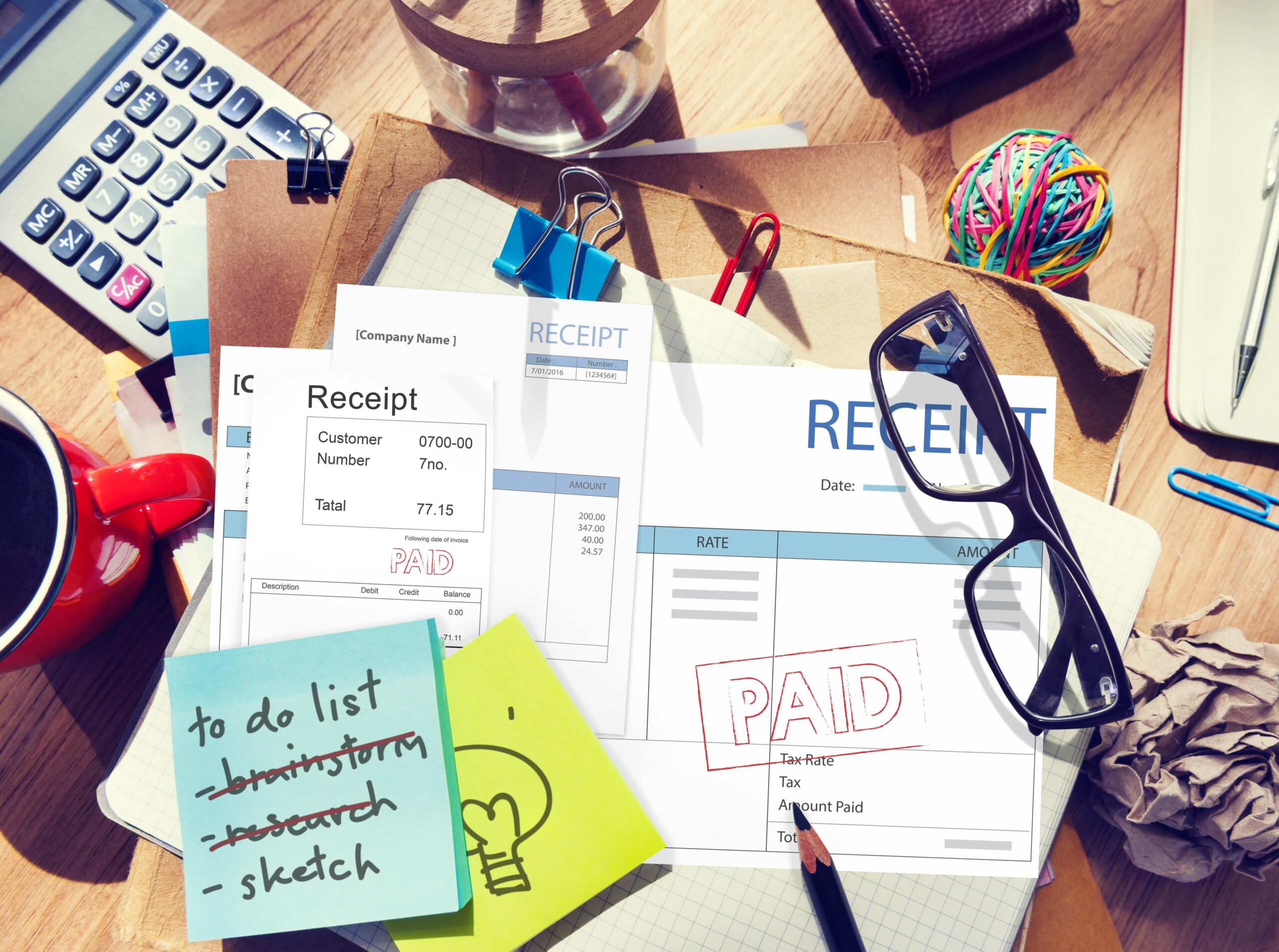Personal tax allowances are the amount of income that you can earn before you are liable to pay income tax.
These are set by the Government, and are based on an individual’s circumstances.
Tax rules change regularly, and personal tax allowance is often updated annually in the Chancellor’s budget and will be published on the HM Revenue & Customs (HMRC) website.
What is the personal tax allowance? And how much is the personal tax allowance for the current tax year?
Who is eligible for personal tax allowances?
Everyone has a personal tax allowance.
This includes students and pensioners, and refers to the amount of money that you can earn before tax is due.
Several personal allowances are available depending on an individual’s circumstances:
Personal allowance
The standard personal allowance is available to most people who are resident in the UK for tax purposes.
Age-related allowance
Since 2015, everyone has the same personal allowance whatever their age. No one over the state pension age is required to pay National Insurance.
Marriage Allowance
The Marriage Allowance allows someone to transfer a portion of their unused Personal Allowance to their spouse or civil partner. To be eligible for Marriage Allowance, one partner must have an income below the Personal Allowance, and the other partner will need to be a basic rate taxpayer.
Blind Person’s Allowance
Blind and some partially sighted people may be entitled to Blind Person’s Allowance. This allows them to earn extra income on top of their Personal Allowance before they become liable for tax.
Personal Savings Allowance
The Personal Savings Allowance is the amount of income you can earn from savings in banks, building societies, credit unions, and other types of savings accounts, before you become liable for tax. This does not apply to an interest earned on saving in an ISA which is always tax-free.
Dividend Tax Allowance
This is the amount of income you can receive from dividends before you become liable for tax.
At what salary do you lose your personal tax allowance?
The Personal Allowance is gradually reduced for individuals with higher incomes.
Currently, this means it is adjusted for net incomes over £100,000 and is further tapered as income rises.
If you earn above the threshold, your Personal Allowance is reduced by £1 for every £2 you earn above it, until it reaches £0.
When incomes reach a certain level, no Personal Allowance is applied. In the 2023/24 financial year, this figure is £125,140.
Different rules regarding personal tax allowances also apply if you are a non-resident in the UK.
Non-resident individuals should check the specific tax rules that apply to their circumstances and seek advice from a financial professional.
What are the personal tax allowances?
Tax allowances are liable to change year on year. In reality, they may remain the same for several years, with changes reflecting different economic and political priorities.
The threshold for allowance during the tax year 2023/24 are:
- Personal Allowance £12,570
- Income Threshold for Personal Allowance £100,000
- Marriage Allowance £1,260
- Personal Savings Allowance £1,000 (Basic rate taxpayers) £500 (Higher rate taxpayers)
- Dividend Tax Allowance £1,000
- Blind Person’s Allowance £2,870
These tax allowances may be adjusted over the coming years so you must be aware of the up-to-date rates.
What is the tax allowance for 2023/24?
Anything earned above personal tax allowances will be subject to income tax.
In England, Wales and Northern Ireland, there are three marginal tax bands:
- Basic rate 20 per cent
- Higher rate 40 per cent
- Additional rate 45 per cent
The current thresholds for these rates are:
- Basic rate: £12,570
- Higher rate: £50,270
- Additional rate: £125,140
If you’re income places you in the higher rate bracket, you will only pay tax on the portion of your income above the higher rate threshold.
In Scotland, there are five marginal tax bands:
- Starter rate: 19 per cent
- Basic rate: 20 per cent
- Intermediate rate: 21 per cent
- Higher rate: 42 per cent
- Additional rate: 47 per cent
In 2024/25, a new ‘advanced rate’ is being introduced in Scotland.
The current thresholds for these rates are:
- Starter rate: £12,570
- Basic rate: £14,733
- Intermediate rate: £25,689
- Higher rate: £43,663
- Additional rate: £125,140
Comprehensive tax advice and planning from Digital Accounting & Finance
If you’re still unsure about what is personal tax allowance and what allowances you are entitled to, it can be helpful to receive advice from tax professionals.
At Digital Accounting & Finance, our experts can provide comprehensive personal tax advice and planning services to help you boost your income.
Our highly experienced team enables you to take advantage of any allowances, develop tax efficiency, and take the hassle out of tax planning.
Contact us for further advice on maximising your tax allowances and ensuring tax efficiency.
